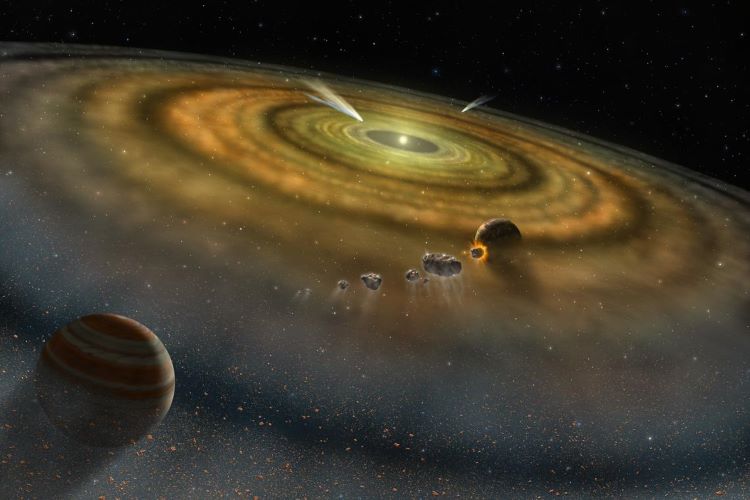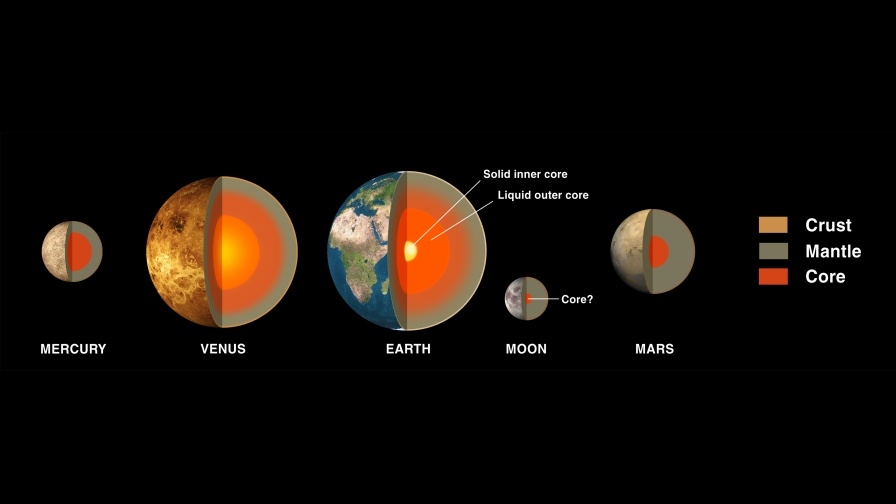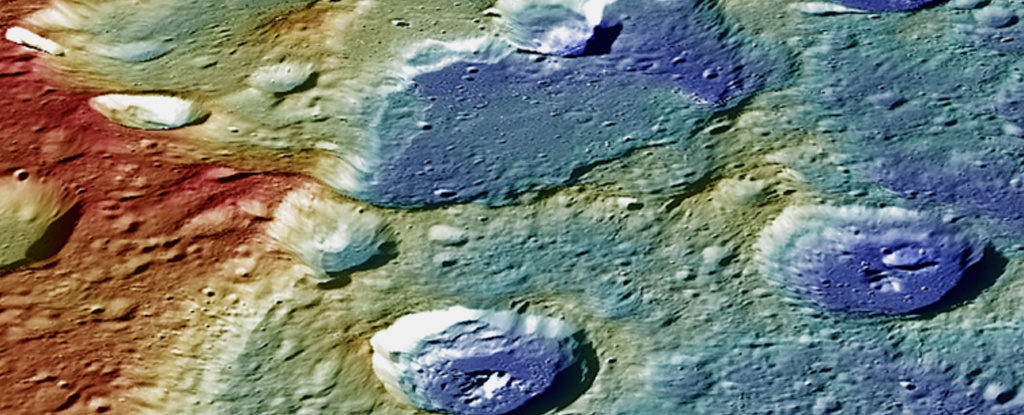Universe Today has had some fantastic discussions with researchers on the importance of studying impact craters, planetary surfaces, exoplanets, astrobiology, solar physics, comets, planetary atmospheres, and planetary geophysics, and how these diverse scientific fields can help researchers and the public better understand the search for life beyond Earth. Here, we will investigate the unique field of cosmochemistry and how it provides researchers with the knowledge pertaining to both our solar system and beyond, including the benefits and challenges, finding life beyond Earth, and suggestive paths for upcoming students who wish to pursue studying cosmochemistry. But what is cosmochemistry and why is it so important to study it?
Continue reading “Cosmochemistry: Why study it? What can it teach us about finding life beyond Earth?”Europa Might Not Be Able to Support Life in its Oceans

Can Europa’s massive, interior ocean contain the building blocks of life, and even support life as we know it? This question is at the forefront of astrobiology discussions as scientists continue to debate the possibility for habitability on Jupiter’s icy moon. However, a recent study presented at the 55th Lunar and Planetary Science Conference (LPSC) might put a damper in hopes for finding life as a team of researchers investigate how Europa’s seafloor could be lacking in geologic activity, decreasing the likelihood of necessary minerals and nutrients from being recycled that could serve as a catalyst for life.
Continue reading “Europa Might Not Be Able to Support Life in its Oceans”Planetary Geophysics: What is it? What can it teach us about finding life beyond Earth?
Universe Today has examined the importance of studying impact craters, planetary surfaces, exoplanets, astrobiology, solar physics, comets, and planetary atmospheres, and how these intriguing scientific disciplines can help scientists and the public better understand how we are pursuing life beyond Earth. Here, we will look inward and examine the role that planetary geophysics plays in helping scientists gain greater insight into our solar system and beyond, including the benefits and challenges, finding life beyond Earth, and how upcoming students can pursue studying planetary geophysics. So, what is planetary geophysics and why is it so important to study it?
Continue reading “Planetary Geophysics: What is it? What can it teach us about finding life beyond Earth?”There Were Glaciers… on Mercury?

I have lost count of how many times I have given public lectures and explained the temperature differences between Mercury and Venus. How Mercury, surprisingly isn’t the hottest planet in the Solar System and how that badge goes to Venus, thick atmosphere blah blah blah. Mercury and its complex surface geology does of course get a good chunk of time but a recent paper has rather caught my attention and turned what I thought I knew about Mercury on its head! In short, a team of scientists have announced evidence for salt glaciers on Mercury!
Continue reading “There Were Glaciers… on Mercury?”Mercury is Still Shrinking
Mercury is considered a scorching, barren landscape that would literally melt your face off if you were standing on it in full sunlight. But scientists have also known for a long time that it was shrinking…because it was cold. New research based on distinct features in Mercury’s geography suggests that it might continue to do so even today.
Continue reading “Mercury is Still Shrinking”A Day on Earth Used to Only Be 19 Hours
On Earth, a single solar day lasts 24 hours. That is the time it takes for the Sun to return to the same place in the sky as the day before. The Moon, Earth’s only natural satellite, takes about 27 days to complete a single circuit around our planet and orbits at an average distance of 384,399 km (~238,854.5 mi). Since time immemorial, humans have kept track of the Sun, the Moon, and their sidereal and synodic periods. To the best of our knowledge, the orbital mechanics governing the Earth-Moon system have been the same, and we’ve come to take them for granted.
But there was a time when the Moon orbited significantly closer to Earth, and the average day was much shorter than today. According to a recent study by a pair o researchers from China and Germany, an average day lasted about 19 hours for one billion years during the Proterozoic Epoch – a geological period during the Precambrian that lasted from 2.5 billion years to 541 million years ago. This demonstrates that rather than gradually increasing over time (as previously thought), the length of a day on Earth remained constant for an extended period.
Continue reading “A Day on Earth Used to Only Be 19 Hours”Venus’ Outer Shell is Thinner and “Squishier” Than Previously Believed
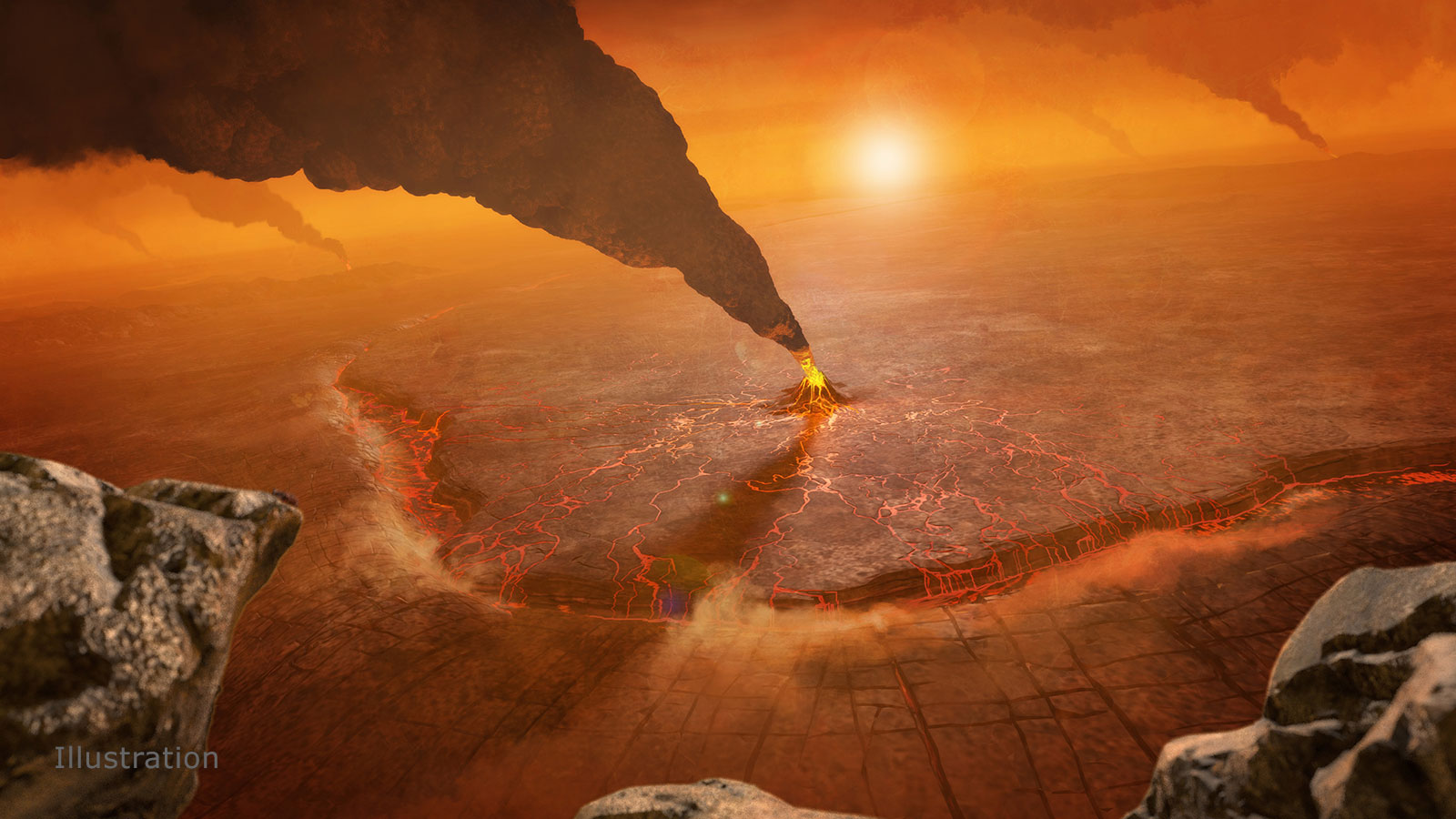
While Earth and Venus are approximately the same size and both lose heat at about the same rate, the internal mechanisms that drive Earth’s geologic processes differ from its neighbor. It is these Venusian geologic processes that a team of researchers led by NASA’s Jet Propulsion Laboratory (JPL) and the California Institute of Technology hope to learn more about as they discuss both the cooling mechanisms of Venus and the potential processes behind it.
Continue reading “Venus’ Outer Shell is Thinner and “Squishier” Than Previously Believed”Meteorites are Contaminated Quickly When They Reach Earth
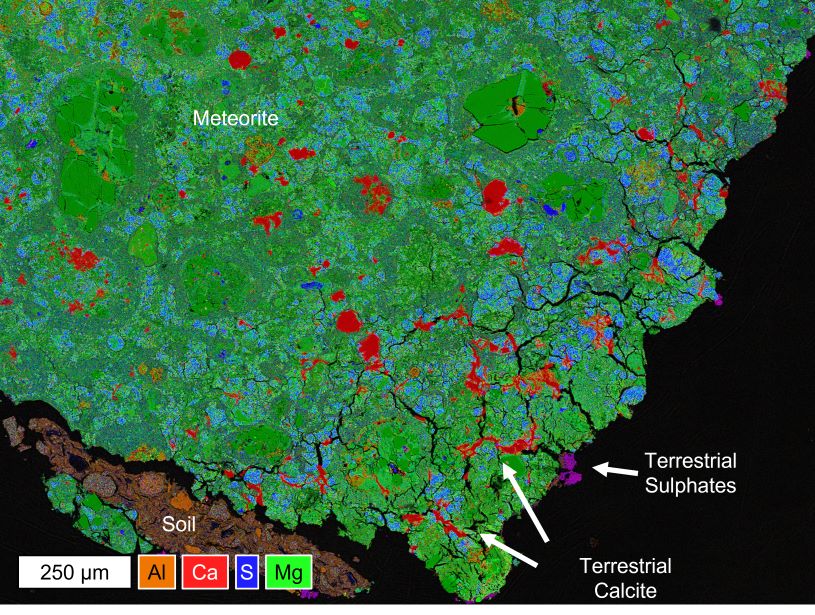
On Earth, geologists study rocks to help better understand the history of our planet. In contrast, planetary geologists study meteorites to help better understand the history of our solar system. While these space rocks put on quite the spectacle when they enter our atmosphere at high speeds, they also offer insights into both the formation and evolution of the solar system and the planetary bodies that encompass it. But what happens as a meteorite traverses our thick atmosphere and lands on the Earth? Does it stay in its pristine condition for scientists to study? How quickly should we contain the meteorite before the many geological processes that make up our planet contaminate the specimen? How does this contamination affect how the meteorite is studied?
Continue reading “Meteorites are Contaminated Quickly When They Reach Earth”Scientists Examine Geological Processes of Monad Regio on Neptune’s Largest Moon, Triton

In a recent study submitted to the journal Icarus, a team of researchers at the International Research School of Planetary Science (IRSPS) located at the D’Annunzio University of Chieti-Pescara in Italy conducted a geological analysis of a region on Neptune’s largest moon, Triton, known as Monad Regio to ascertain the geological processes responsible for shaping its surface during its history, and possibly today. These include what are known as endogenic and exogenic processes, which constitute geologic processes occurring internally (endo-) and externally (exo-) on a celestial body. So, what new insights into planetary geologic processes can we learn from this examination of Monad Regio?
Continue reading “Scientists Examine Geological Processes of Monad Regio on Neptune’s Largest Moon, Triton”Perseverance is Putting its Samples Onto the Surface of Mars, So a Future Helicopter can Pick Them Up
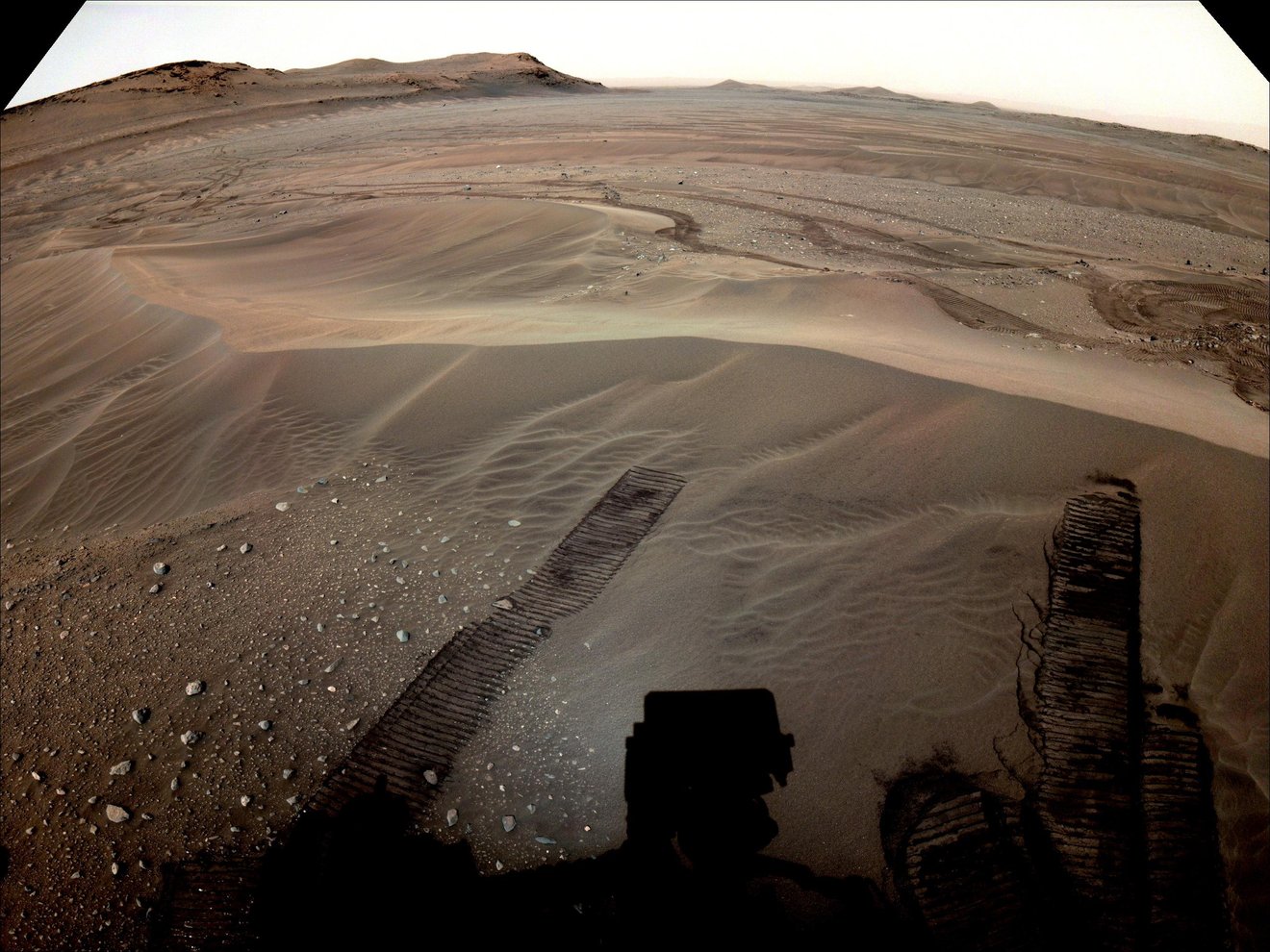
At this point in its mission, NASA’s Mars Perseverance Rover has collected almost 50% of its samples. The rover is now building its first sample ‘depot’ on the surface of Mars. The depot is a flat, obstacle-free area with 11 separate landing circles, one for each sample tube and one for the lander.
A future mission will retrieve these samples by helicopter.
Continue reading “Perseverance is Putting its Samples Onto the Surface of Mars, So a Future Helicopter can Pick Them Up”
